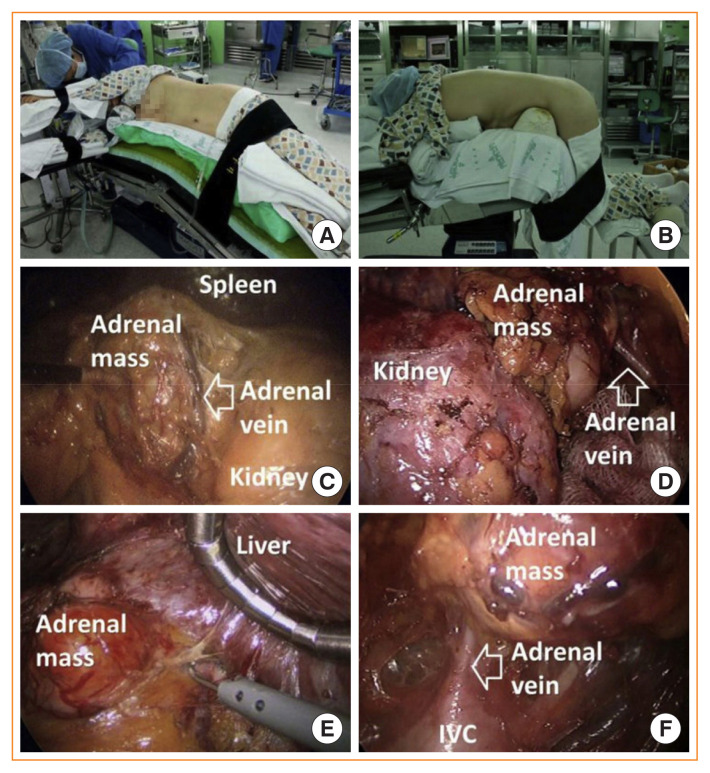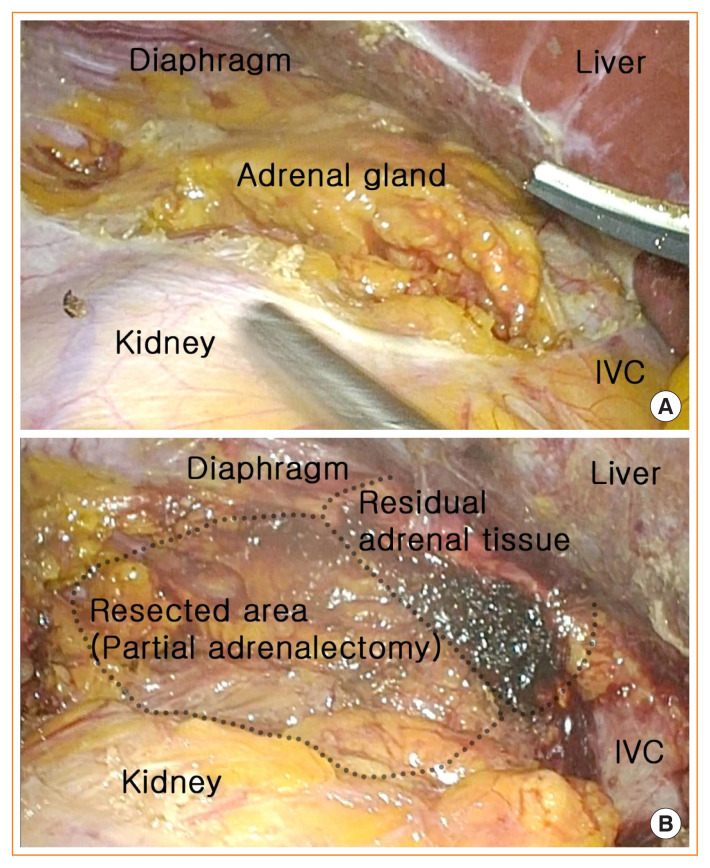Minimally Invasive Adrenal Surgery.
IF 4.2
Endocrinology and metabolism (Seoul, Korea)
Pub Date : 2020-12-01
Epub Date: 2020-12-23
DOI:10.3803/EnM.2020.404
引用次数: 3
Abstract
Since the introduction of minimally invasive surgery, laparoscopic adrenalectomy has become the main treatment option for adrenal masses. Various studies have reported that laparoscopic adrenalectomy showed fewer postoperative complications and faster recovery than conventional open adrenalectomy. Laparoscopic adrenalectomy can be performed through either the transperitoneal approach or the retroperitoneoscopic approach, which are widely used in most adrenal surgical procedures. Furthermore, with the development of minimally invasive surgery, organ-sparing adrenalectomy has recently emerged as a way to conserve functional adrenal gland tissue. According to recent data, organ-sparing adrenalectomy shows promising surgical, functional, and oncological outcomes including less intraoperative blood loss, maintenance of adrenal function, and low recurrence. Partial adrenalectomy was initially proposed for bilateral adrenal tumors in patients with hereditary disease to avoid chronic adrenal insufficiency. However, it has also gained popularity for the treatment of unilateral adrenal disease involving a small adrenal tumor because even patients with a unilateral adrenal gland may develop adrenal insufficiency in stressful situations. Therefore, partial adrenalectomy has become increasingly common to avoid lifelong steroid replacement and recurrence in most cases, especially in bilateral adrenal disease. This review article evaluates the current evidence on minimally invasive adrenalectomy and organ-preserving partial adrenalectomy.


微创肾上腺外科。
自微创手术引入以来,腹腔镜肾上腺切除术已成为肾上腺肿物的主要治疗选择。各种研究报道,腹腔镜肾上腺切除术比传统的开放式肾上腺切除术术后并发症少,恢复快。腹腔镜肾上腺切除术可以通过经腹膜或后腹膜镜入路进行,这两种入路在大多数肾上腺外科手术中被广泛使用。此外,随着微创手术的发展,保留器官的肾上腺切除术最近成为一种保存功能肾上腺组织的方法。根据最近的数据,保留器官的肾上腺切除术显示出良好的手术、功能和肿瘤结果,包括术中出血量少、肾上腺功能维持和低复发率。为了避免慢性肾上腺功能不全,最初建议对遗传疾病患者的双侧肾上腺肿瘤行部分肾上腺切除术。然而,由于单侧肾上腺患者在压力情况下也可能出现肾上腺功能不全,因此它也被广泛用于治疗单侧肾上腺小肿瘤的单侧肾上腺疾病。因此,肾上腺部分切除术越来越普遍,以避免终身类固醇替代和复发,在大多数情况下,特别是双侧肾上腺疾病。本文综述了目前微创肾上腺切除术和保留器官部分肾上腺切除术的研究进展。
本文章由计算机程序翻译,如有差异,请以英文原文为准。
求助全文
约1分钟内获得全文
求助全文

 求助内容:
求助内容: 应助结果提醒方式:
应助结果提醒方式:


